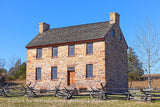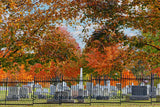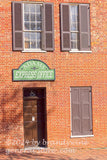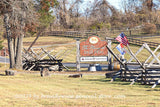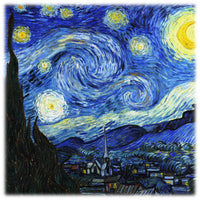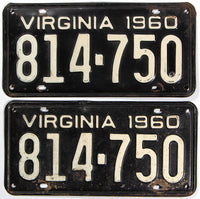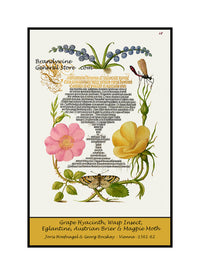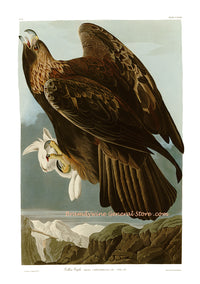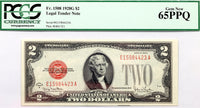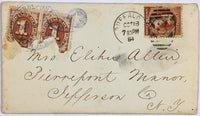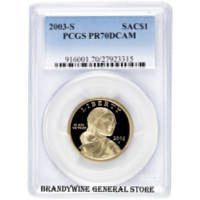Rock Grouse by John James Audubon art print
An archival premium Quality art Print of the Rock Grouse by John James Audubon for sale by Brandywine General Store. This bird was picture or plate number 368 in the first Havell edition of Birds of America. This was the finest ornithology work ever produced, in which Audubon attempted to draw every bird in America and give a description of each. In this painting he shows a Male in the winter, with this bird being almost solid white in color with a patch of red above his eye and a streak of black running from the eye to the beak, this is the specimen on the far right. In the center is a female in summer plumage, this bird is brown and white in color with the same spot of red above the eye, while on the left is a young bird in August which has almost the same coloring as the female. This cold weather bird was drawn in some northern locale with snowy covered mountains in the background and a dark sky. Mr Audubon describes the Rock Grouse in Birds of North America as follows: "Whilst at Labrador, I was informed by Mr. JONES that a smaller species of Ptarmigan than that called the Willow Grouse, Lagopus Saliceti, was abundant on all the hills around Bras d\'Or, during the winter, when he and his son usually killed a great number, which they salted and otherwise preserved; and that in the beginning of summer they removed from the coast into the interior of the country, where they bred in open grounds, never, like the Willow Grouse, retreating to the wooded parts. They seldom appear at Bras d\'Or until the last of the Wild Geese have passed over, or before the cold has become intense, and the plains deeply covered with snow. While about his house, they repair to the most elevated hilltops, from which the violence of the winds has removed the snow. There they feed on the mosses and lichens attached to the rocks, as well as on the twigs and grasses scantily found in such places at that season. They keep in great packs, and when disturbed are apt to fly to a considerable distance, shifting from one hill to another often half a mile off.,,," Audubon Birds art print #368



